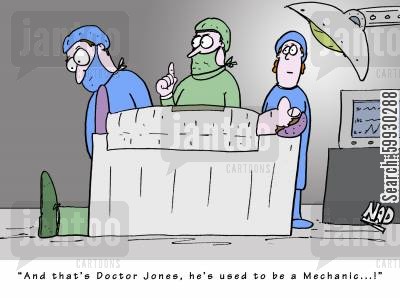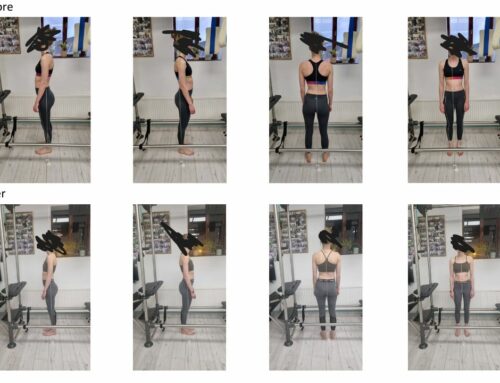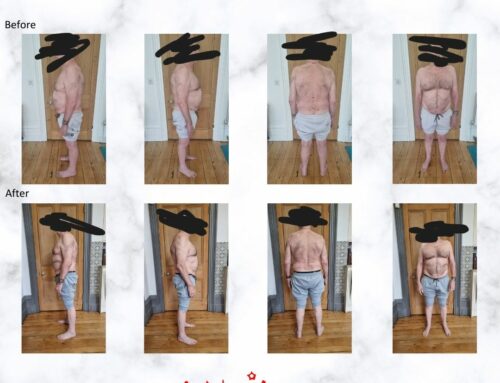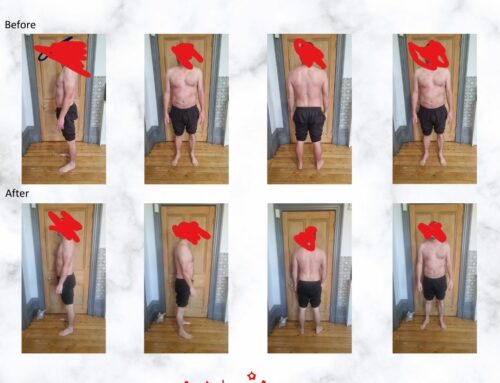“If it does not work remove it” said the surgeon and the car mechanic
When things break in the house, garden, car and body we have a simple quick fix solution, which saves a lot of time, energy, effort and resources. That is to say simply remove it and perhaps replace it. However, we only have one body and although we can function without various organs, muscles and joints, are we really efficient? We are physical, mental, emotional and spiritual human beings and all physical and mental symptoms have underlying causes. If we visited a car mechanic four times and our car did not work or get fixed we would not go back. Yet we continue to do this with our bodies taking ourselves to endless health practitioners hoping to be fixed, forgetting that a lot of our power is actually in our own hands to be mended. We may go half a dozen times and still not be fixed yet we still go back.
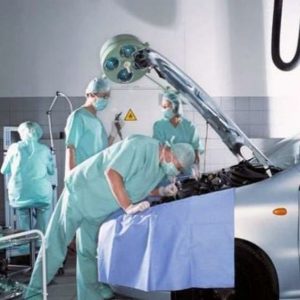
Getting the right rehab program can have long-term health and vitality effect, rather than a quick fix solution, which only solves the problem there and then. “We can’t solve the problem with the same thinking that caused it”. Albert Einstein
“Every time I exercise my back hurts”, this is another common enquiry that I get on the phone and email. Remember exercise and movement are like a drug, give the wrong drug and you will kill the client. We are a mix of malprescribed drugs using poorly designed shiny gym equipment. A lot of modern day gym equipment is what’s called open chain exercise, thus meaning that the hand and foot are free to move. As human beings we tend to operate in a closed chain lower extremity and open chain in the upper extremity. A lot of gym equipment also only works the client in a sagittal plane (forwards and backwards). So this does not correlate with the large amount of injuries that always happen in transverse (rotation) and frontal (side to side) plane. We need to load out the right areas and unload the wrong areas.
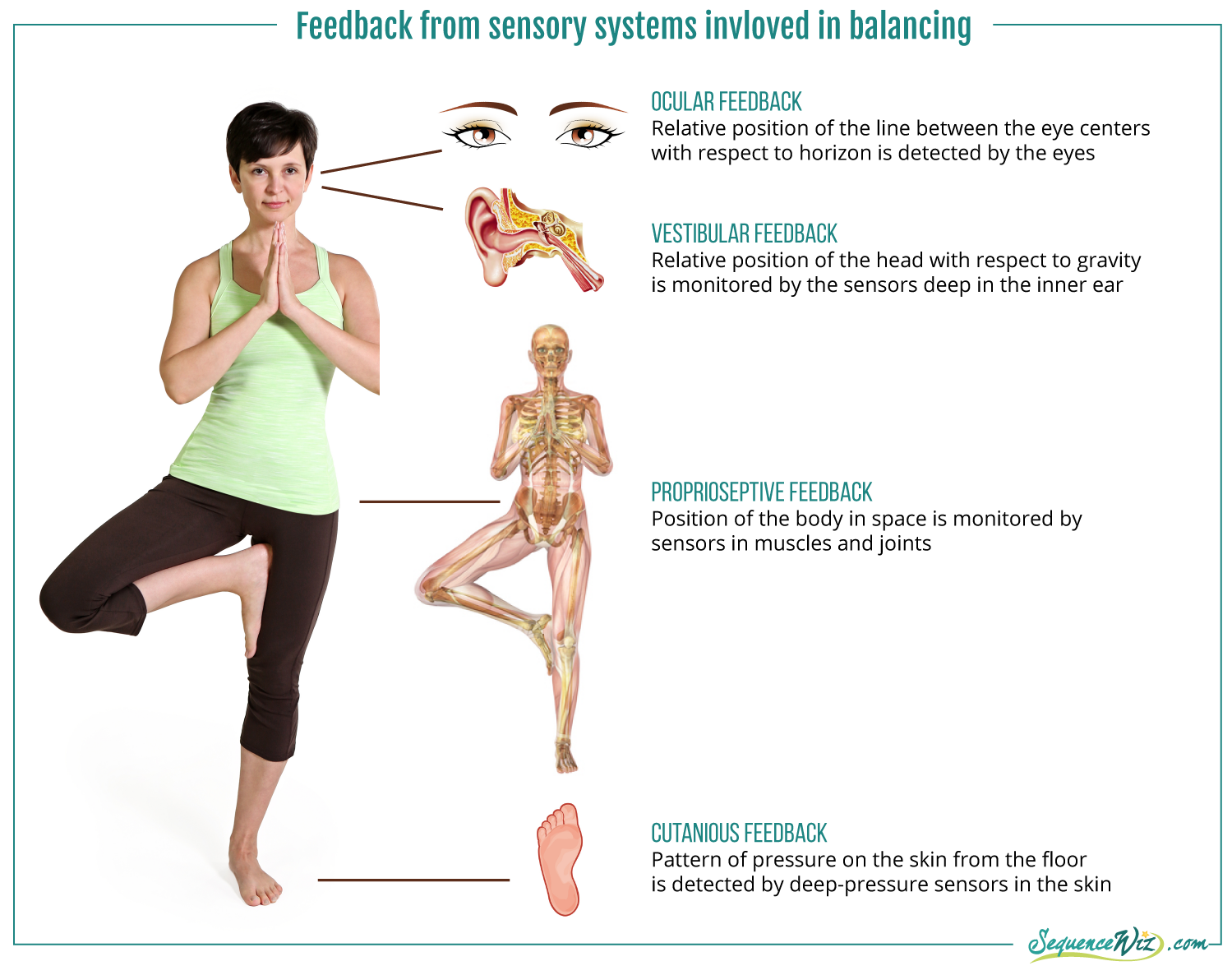
Our eyes must always be level with the horizon and our eyes actually do this. However this further compensates our ears and teeth thus affecting our balance, mastication and vision. When standing pressure should be felt through the feet and spiral upwards like a spring. This is known as an elastic coil. Gravity wants to pull us towards through ground at a speed of 9.8 m per second squared, we naturally reside towards flexion and medial rotation so we are in a constant state of stress to fight it.
Gravitational force is constant and a greatly underestimated systemic stressor. Of the many signature manifestations of gravitational strain pathophysiology (GSP), the most prominent are altered postural alignment and recurrent somatic dysfunction… Kuchera (1971) This is an osteopathic point of view where he highlights the key to understanding posture.
Even pressure should be felt through the feet when moving, if our load from the shoulders, hips, spine and knees are out, our vital support of the powerhouse will not be supporting us and possibly our TVA will not be working either. If you look at a cyclist’s wheel and spoke, pressure is dissipated evenly, so the rim of the tyre will get an even force spreading away form the spine and joints, so non compressional loading. A mild pressure however will affect the pressure causing a buckle in the wheel.

So what is the answer, a surgeon would probably say “Mend the rim and balance the spokes”, so an even force can distribute to the ground through broken joints an muscle, but this then leads to other injuries throughout the chain. Take the broken wheel to a good bicycle shop and they would do the opposite, they would mend the spokes to balance the rim and wheel.
This is when you need to have a good base line conditioning program from your therapist, this would incorporate a variety of movement methods and therapies. So if you have an injury or our trying to rebuild your body you need to priorities your objectives to accomplish the desired outcome in a specific time period. Charles Polonquin suggests short program of less than 50 mines for best results.
This should be the order:
- Corrective stretching – Using Yoga, Pilates Gyrotonic or other methods. Use necessary stretches only, time is valuable. Tonic muscles should always be stretched first.
- Corrective exercises or movement patterns, compliance is key.
- Strength training exercises:
- Priority order
- Exercises with most complex movement patterns and or least base of support
- Exercises with largest number of joints and muscle involved.
- Exercises most likely to accomplish objective
As you the client progress out of base training the next phase is called specifity training. This comes from your needs analysis, meaning what are the primary movements that you need for your sport, job or every day life.
Often inexperienced or over-zealous coaches, teachers and conditioning specialists attempt to create exercises or movement sequences which have to much biomechanical complexity to effectively apply the overload principle. A good example is training golfers, the worst thing they could do is to overload with a complex sequences which is potentially hazardous due to complex joint mechanics and long lever patterns. Another example is to train athletes particularly runners with ankle weights, this is also used very much in dance, gymnastics and calisthenics. This attempt to overload is the fast way to damage joints.
Bibliography
Jatorre Pierre – Webinar
Advanced program design – Paul Chek

